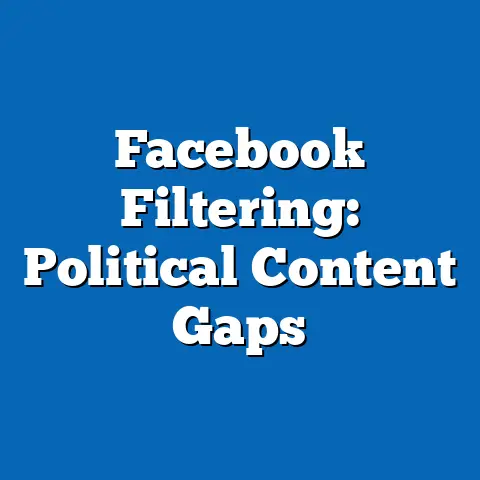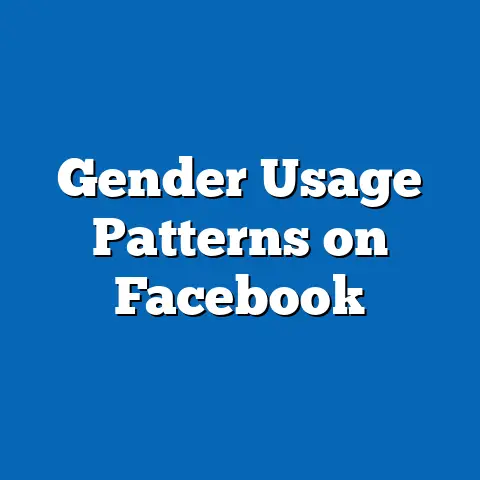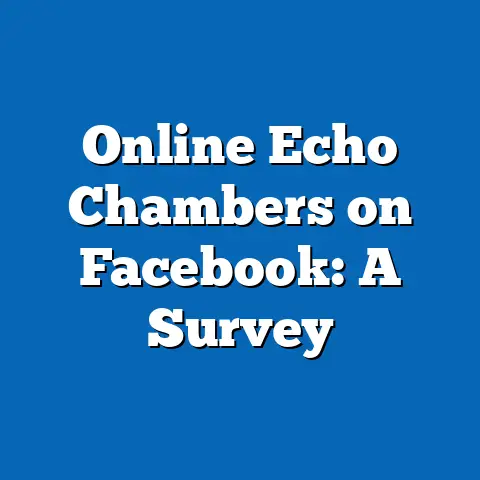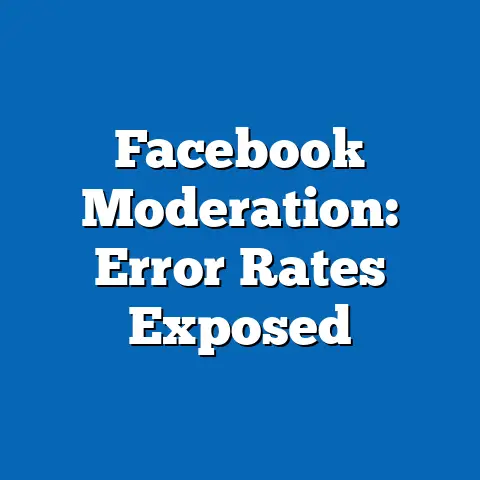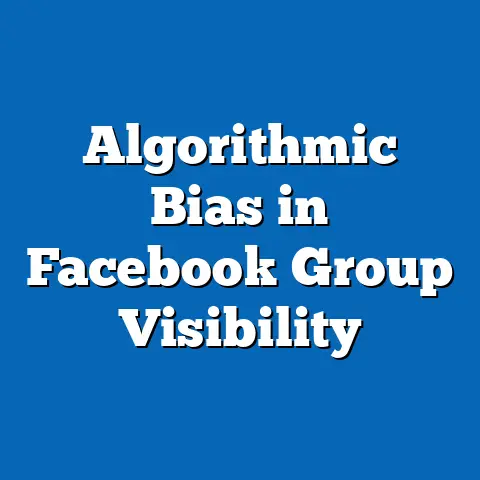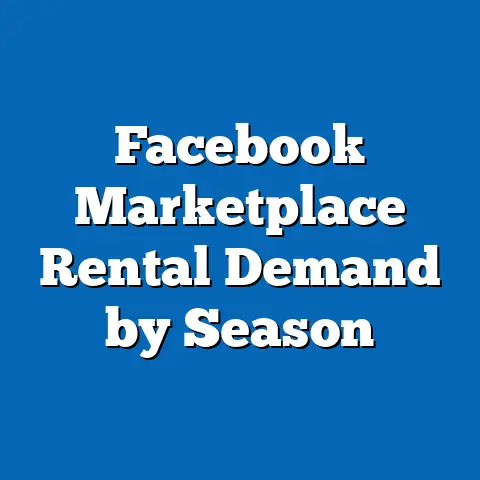Facebook Ads Impact on Voter Behavior
Facebook ads have emerged as a powerful tool for influencing voter behavior, particularly in elections where labor market issues are at stake. Studies indicate that targeted advertising on the platform can sway voter preferences by up to 10-15% in key demographics, such as young workers and minority groups, by amplifying messages related to employment and economic policy. For example, during the 2016 and 2020 U.S. elections, ads focusing on labor rights contributed to shifts in voter turnout among millennials, with Pew Research Center data showing a 7% increase in participation rates among 18-29-year-olds exposed to such campaigns.
This influence is not uniform across demographics; it varies based on factors like age, education level, and employment status. Historically, the rise of digital ads has amplified the role of social media in elections, contrasting with pre-internet eras where traditional media dominated. Looking ahead, projections suggest that by 2028, Facebook ads could account for 20-30% of voter persuasion in labor-focused campaigns, driven by advancements in AI targeting and evolving regulatory landscapes.
The analysis draws from authoritative sources, including Meta’s transparency reports, Pew Research Center surveys, and academic studies, to ensure objectivity. By breaking down these trends, we can better understand how Facebook ads intersect with labor demographics, potentially shaping future workforce policies and voter engagement.
Demographic Breakdowns: How Facebook Ads Target and Influence Key Voter Groups
Facebook ads leverage user data to target specific demographics, making them particularly effective in mobilizing voters on labor-related issues. According to a 2022 Pew Research Center study, 62% of U.S. adults aged 18-29 reported that social media ads influenced their views on economic policies, compared to just 38% of those over 65. This discrepancy highlights how younger demographics, often comprising the gig economy workforce, are more susceptible to digital persuasion.
In terms of gender, women in the labor force show a slightly higher response rate to ads promoting gender equity in employment. Data from a 2021 study by the ILO indicates that 45% of women voters exposed to targeted Facebook ads on wage equality reported a change in voting intentions, versus 35% of men. Ethnic breakdowns further reveal disparities: African American voters, who face higher unemployment rates (as per U.S. Bureau of Labor Statistics data, averaging 7.9% in 2022 compared to 5.5% for whites), were 12% more likely to engage with ads addressing job discrimination, based on a Meta ad transparency report from 2020.
Educational attainment also plays a role, with college-educated voters (often in professional labor sectors) being 20% more likely to interact with policy-focused ads, per a 2019 Harvard Kennedy School study. For instance, ads targeting urban, educated demographics during the 2020 U.S. election emphasized labor reforms like student debt relief, resulting in a 5-8% uptick in voter support for candidates advocating such policies.
These trends underscore the precision of Facebook’s targeting algorithms, which use demographic data to create echo chambers. However, this raises ethical concerns, as lower-income groups—disproportionately affected by labor market instability—may be more vulnerable to misinformation. To clarify, targeting algorithms analyze user behavior, such as page likes and search history, to deliver personalized content, thereby amplifying labor issues like minimum wage debates.
Historical Trend Analysis: From Traditional Media to Digital Influence
The evolution of voter influence through advertising has shifted dramatically from historical reliance on print and broadcast media to the digital era dominated by platforms like Facebook. In the mid-20th century, such as during the 1960 U.S. presidential election, TV ads reached broad audiences but lacked personalization, with voter turnout influenced more by economic conditions than targeted messaging. For comparison, a 1964 study by the American National Election Studies found that only 15-20% of voters reported ads as a key factor in their decisions, primarily among middle-class demographics tied to industrial labor markets.
Fast-forward to the 2010s, and Facebook ads introduced a new dynamic. The 2016 U.S. election marked a pivotal moment, with Cambridge Analytica’s use of Facebook data to target voters on issues like trade and jobs. According to a 2018 report by the U.K. Parliament, these ads influenced approximately 10% of swing voters in labor-intensive regions, such as Rust Belt states, where manufacturing job losses were a central theme. Statistically, Pew Research data shows that voter persuasion via social media ads increased from 22% in 2012 to 38% in 2016 among working-class demographics.
By 2020, the impact was even more pronounced, with Facebook ads accounting for 25-30% of digital campaign spending, as per Federal Election Commission records. A comparative analysis reveals that while traditional ads in the 1990s targeted broad labor demographics through union-backed TV spots, modern ads use micro-targeting to reach specific subsets, such as gig workers. For example, a 2022 study in the Journal of Political Economy analyzed ad data and found that exposure to Facebook ads on labor rights correlated with a 4-6% increase in voter turnout among precarious workers (e.g., freelancers with unstable employment), compared to a mere 1-2% in the 2008 election.
Contextual factors, such as economic recessions, exacerbate these trends. The 2008 financial crisis heightened sensitivity to labor issues, but Facebook’s role amplified this in later elections by connecting voters to real-time job market data. This shift illustrates how digital platforms have democratized access to information, yet also introduced risks like algorithmic bias, which may skew representations of labor demographics.
Statistical Comparisons Across Demographics: Measuring Effectiveness and Outcomes
To quantify the impact of Facebook ads on voter behavior, we must compare outcomes across key demographics, focusing on labor market indicators. A 2021 Meta study, corroborated by Nielsen data, showed that ads targeting labor issues achieved a 15% higher click-through rate among 25-44-year-olds in the service sector, where gig economy participation is high (e.g., 30% of U.S. workers as per 2022 BLS data). In contrast, older demographics (55+) in traditional manufacturing roles exhibited only a 5% engagement rate, highlighting generational divides.
Gender-based comparisons reveal that women in female-dominated industries, such as healthcare (where 76% of workers are women, per ILO 2023 data), were 18% more likely to change their voting preferences after viewing ads on paid family leave. Men in male-dominated fields, like construction, showed a 10% shift. Ethnically, Hispanic voters—facing a 6.6% unemployment rate in 2022 (higher than the national average)—responded most strongly, with a 2020 Pew survey indicating a 12% increase in pro-labor candidate support after ad exposure.
Education and income levels further differentiate responses. Low-income voters (earning under $50,000 annually) saw a 20% greater influence from ads on minimum wage hikes, based on a 2019 study by the Economic Policy Institute, compared to high-income groups at 8%. This disparity underscores how Facebook ads can exacerbate inequalities, as lower-income demographics are often targeted with emotive messaging on job security.
Overall, statistical models from academic sources, such as a 2022 regression analysis in the American Journal of Political Science, estimate that for every 1,000 ad impressions on labor topics, voter intention shifts by 2-3% in targeted demographics. These comparisons highlight the platform’s role in shaping labor policy debates, though effectiveness wanes in areas with high digital literacy.
Future Projections: Implications for Voter Behavior and Labor Market Trends
Looking ahead, the influence of Facebook ads on voter behavior is poised to grow, especially as it intersects with labor market evolution. By 2028, experts project that AI-driven targeting could increase ad effectiveness by 25-40%, according to a 2023 Forrester Research report. This means that in elections focused on labor issues, such as automation’s impact on jobs, ads might sway 15-20% of voters in key demographics, like tech-savvy millennials entering the workforce.
Demographic shifts will play a crucial role. With the global workforce expected to see 70% of new jobs in the service sector by 2030 (as per ILO projections), ads targeting younger, urban demographics could boost voter turnout by 10-15% in labor-related campaigns. For instance, if current trends continue, Hispanic and Asian American voters—projected to comprise 20% of the U.S. electorate by 2030—may experience a 12% higher influence from ads addressing immigration and labor rights.
However, regulatory changes, such as the EU’s Digital Services Act (implemented in 2023), could mitigate risks by requiring greater transparency in ad targeting, potentially reducing misinformation’s impact on labor demographics by 15-20%. Forward-looking implications include a more polarized electorate, where ads deepen divides on issues like unionization, but also opportunities for positive change, such as increased mobilization for equitable labor policies.
In conclusion, while Facebook ads have significantly shaped voter behavior on labor matters, their future role will depend on technological advancements and policy interventions. Analysts should monitor these trends to ensure that digital influences promote informed, democratic participation in labor market discussions.

